Vintage Mut Kilim Rug 4' 11" x 9' 10" (59" x 118")
Type:
Kilim RugsID:
K0059970Size:
Material:
Colors
- Warm Colors: The predominant use of reds, oranges, and yellows evokes warmth, passion, and energy. These colors symbolize vitality and the vibrant spirit of life.
- Neutral Tones: The inclusion of browns provides a grounding effect, representing stability and strength. They contrast effectively with the brighter colors.
Colors
- Warm Colors: The predominant use of reds, oranges, and yellows evokes warmth, passion, and energy. These colors symbolize vitality and the vibrant spirit of life.
- Neutral Tones: The inclusion of browns provides a grounding effect, representing stability and strength. They contrast effectively with the brighter colors.
- Accent Colors: The blues and whites add depth and balance, often symbolizing peace and purity. Blue also represents protection and tranquility, while white signifies clarity.
Design Elements
- Geometric Patterns: The rug features distinct zigzag and diagonal lines that create movement and dynamic energy. These patterns can represent the journey of life and its ups and downs.
- Symmetry: The symmetrical arrangement signifies harmony and balance, reflective of the natural order and unity within the universe.
- Bold Contrast: The juxtaposition of light and dark colors enhances visual impact, drawing the eye toward the central motifs and creating a sense of focal points.
Main Motifs and Symbolism
- The Zigzag Motif: Commonly found in kilim designs, it represents mountains or the path of life, symbolizing obstacles that one encounters and overcomes.
- Triangles: Symbolize strength and stability; they also represent family and protection. Their direction (pointing up or down) indicate growth and downward stability, respectively.
- Cross Motifs: These motifs are symbolic of the crossroads in life, representing choices, paths, and decisions that influence one’s journey.
Color Symbolism
- Red: A color of power, passion, and love. It draws attention and signifies warmth within the home.
- Orange: Represents creativity, enthusiasm, and general positivity, creating an inviting atmosphere.
- Brown: Symbolizes earthiness, reliability, and connection to heritage, emphasizing stability.
- Blue: A calming and peaceful color that signifies protection and harmony.
- White: Represents purity, innocence, and simplicity, often used to balance out more intense colors.
Summary
The vintage Mut Kilim rug showcases a vibrant palette of warm and neutral tones, representing vitality and stability. Its geometric patterns and significant motifs symbolize various aspects of life's journey, including challenges, choices, and aspirations. Color symbolism enhances the overall meaning, where each hue contributes to a rich tapestry of emotions and cultural narratives. The rug serves not only as a decorative piece but as a meaningful embodiment of heritage and storytelling.
- Ships in 1-4 business days
- Only one in stock, handmade, unique
- Free shipping via FedEx Express. Easy returns
- Contact us or add a note to your order if you want us to delay your shipping.
- Request more info if you want this rug shorter or narrower
Colors may appear slightly different across various monitors due to screen settings device differences, and external lighting conditions. If color accuracy is important for your space, we recommend viewing the rug on multiple devices or contacting us for a detailed color description. We can provide detailed photos and references using Sherwin-Williams, Benjamin Moore, Pantone, or even Crayola crayons.
You can also visualize most of our products in your own room with AR (augmented reality) on an iPhone or iPad.
Return Policy
Need a rug pad? We recommend RugPadUSA
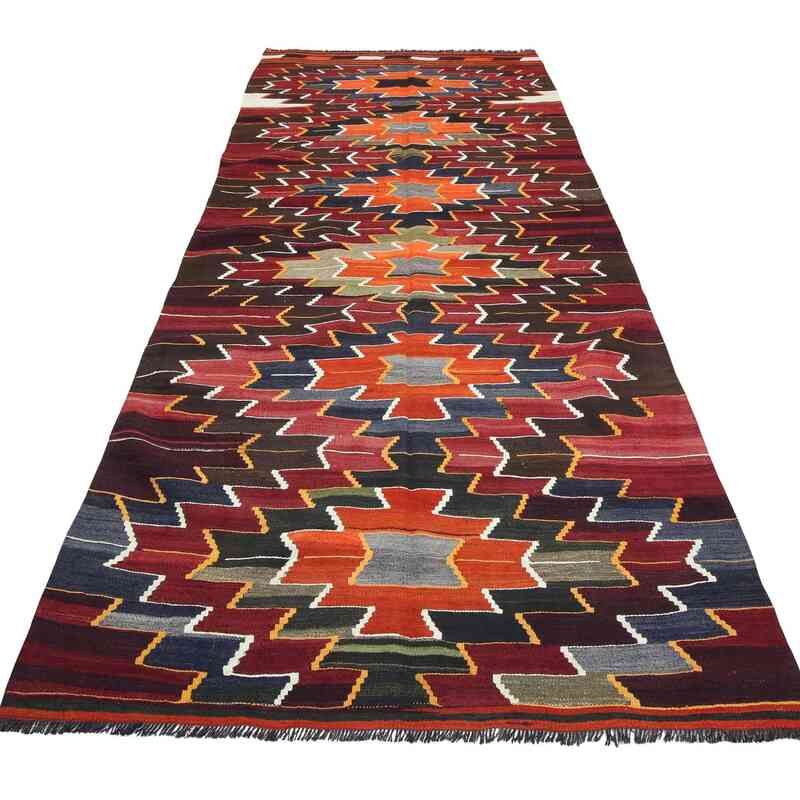
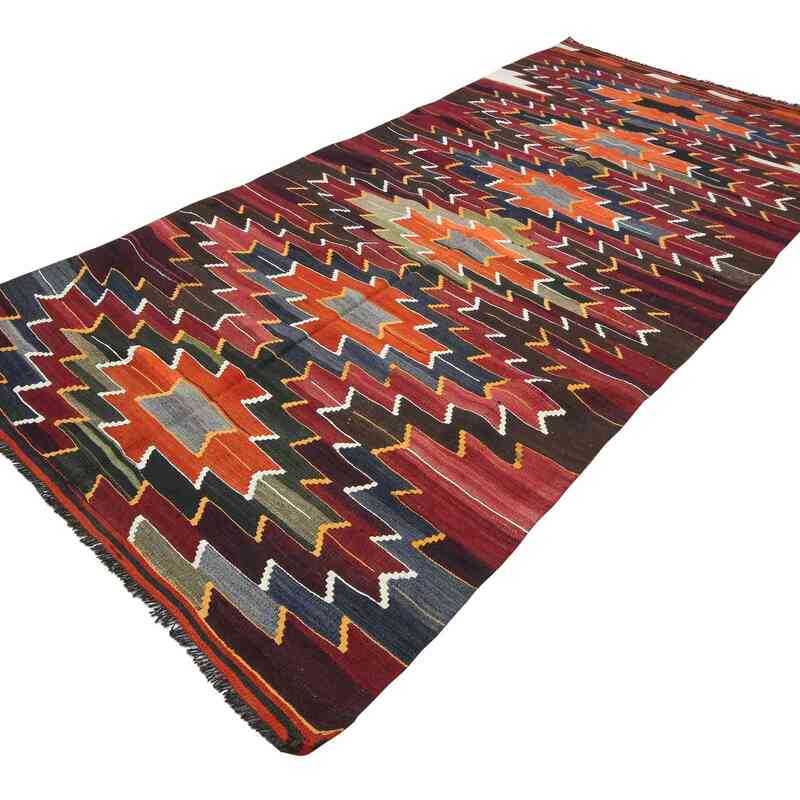
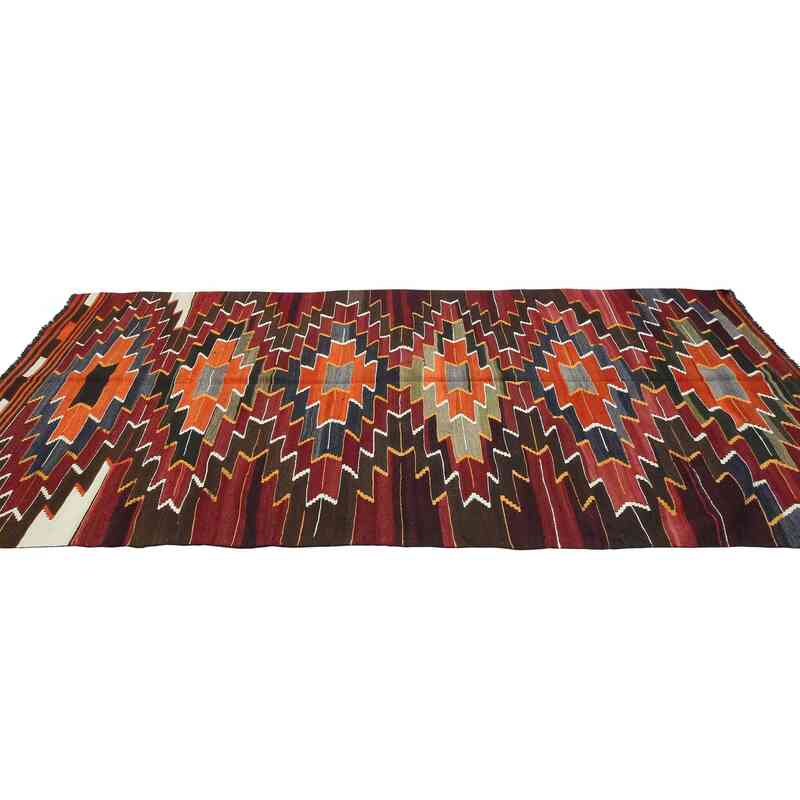
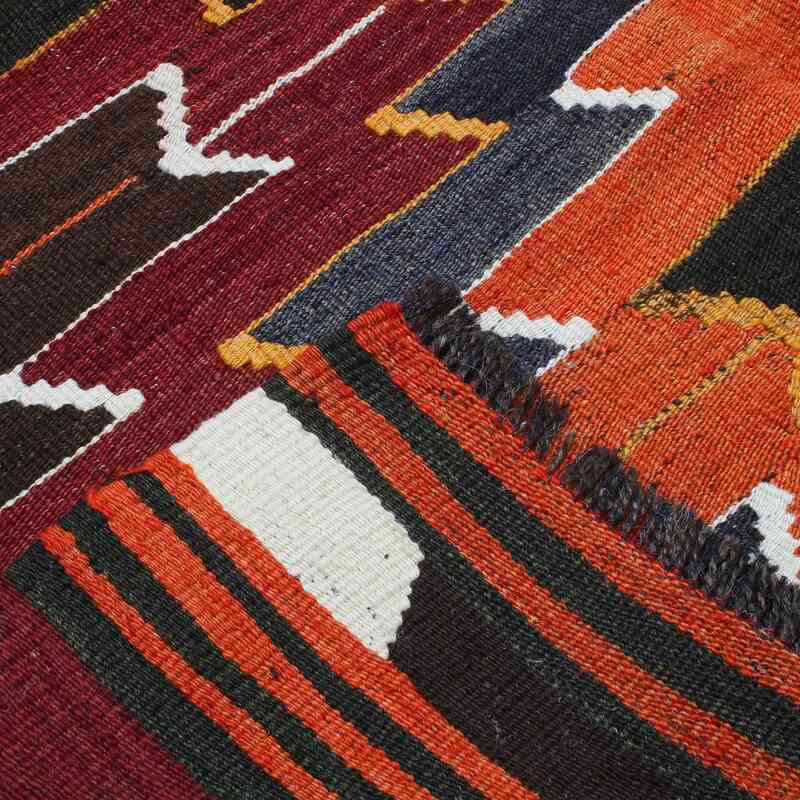

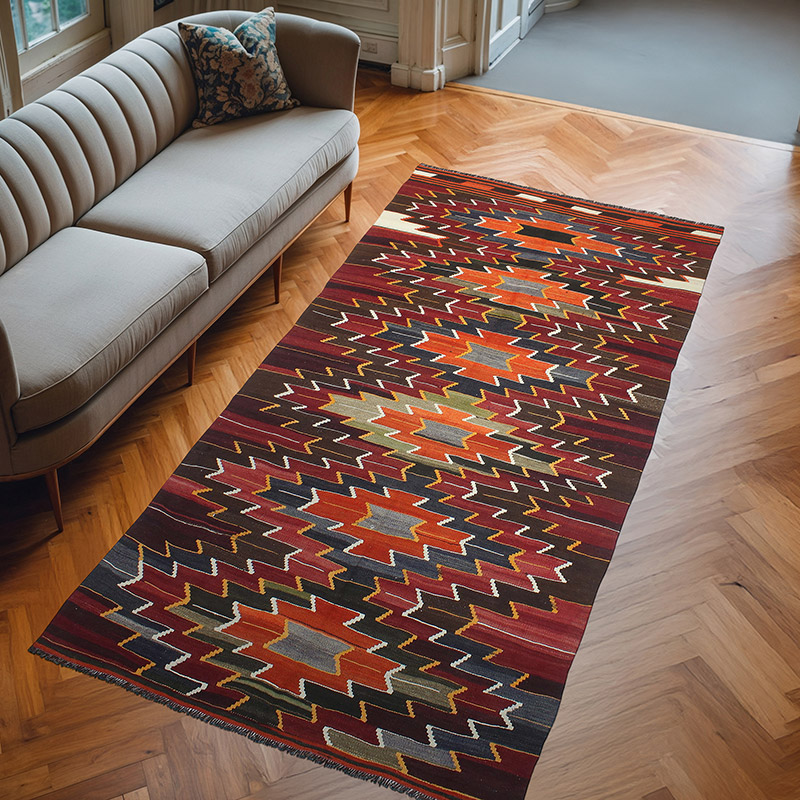
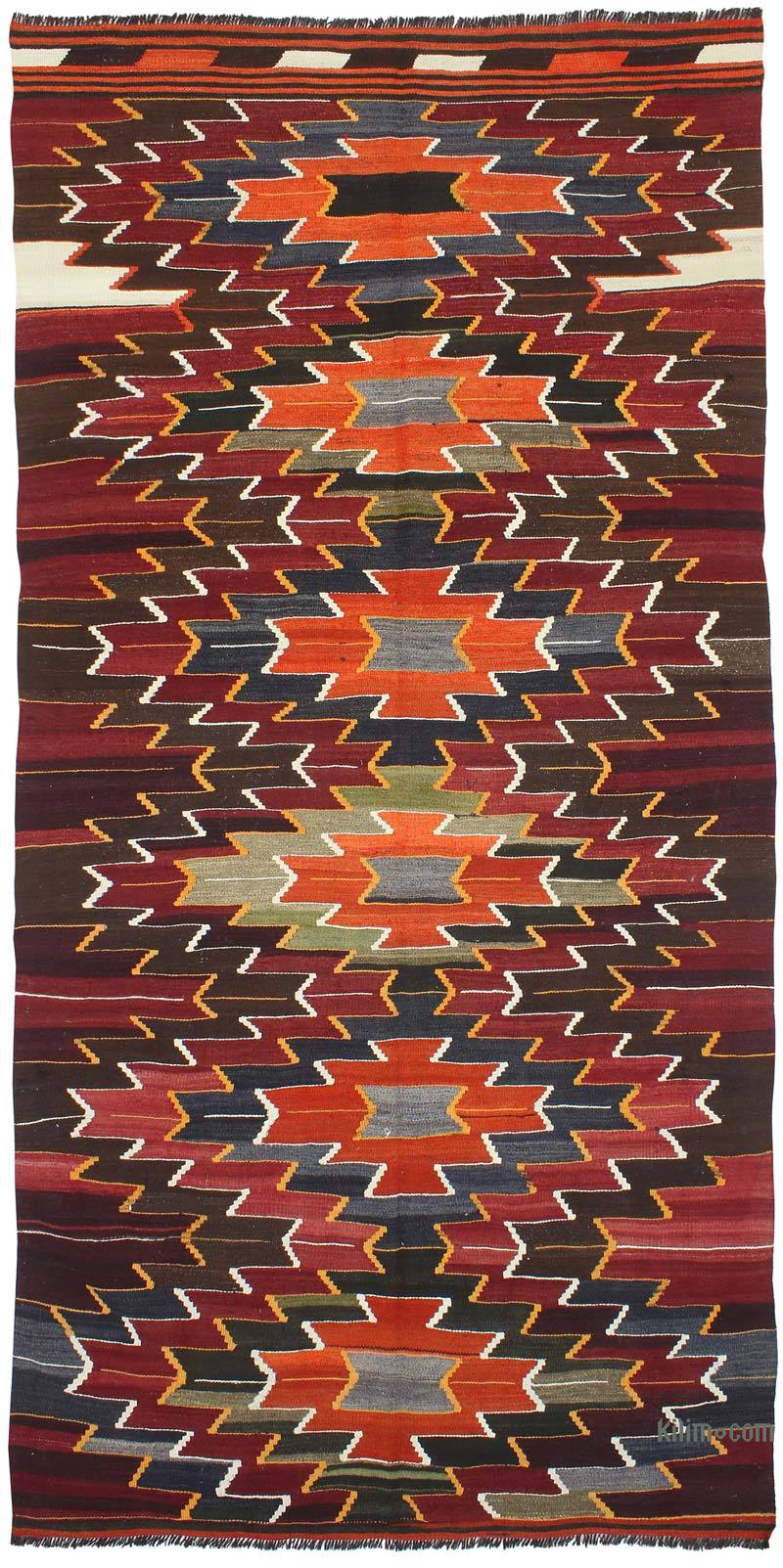
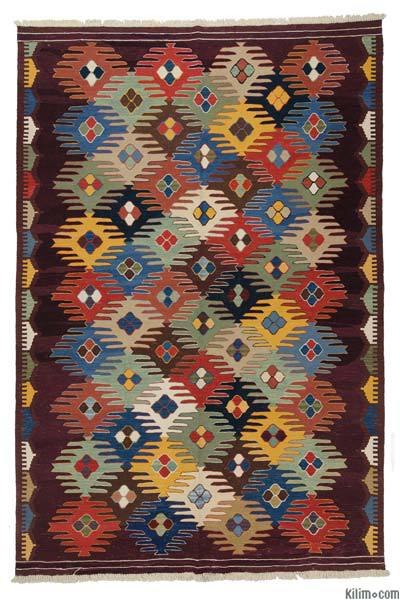
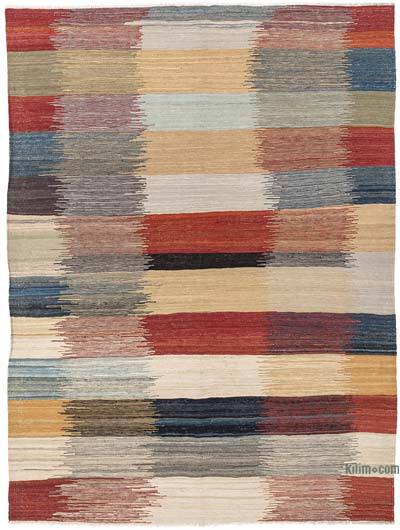
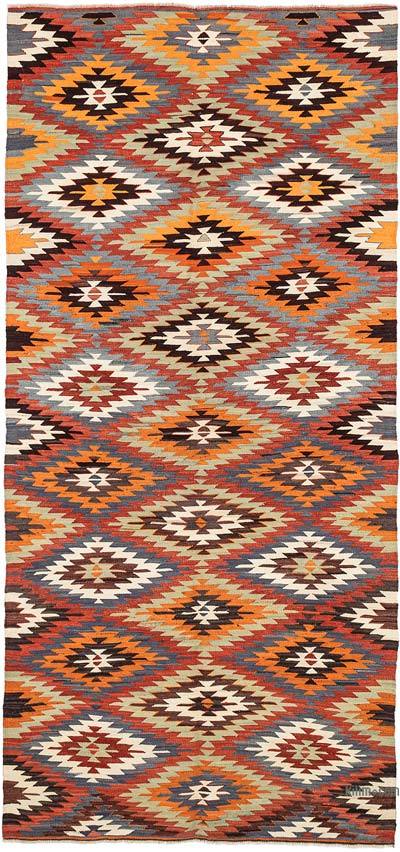
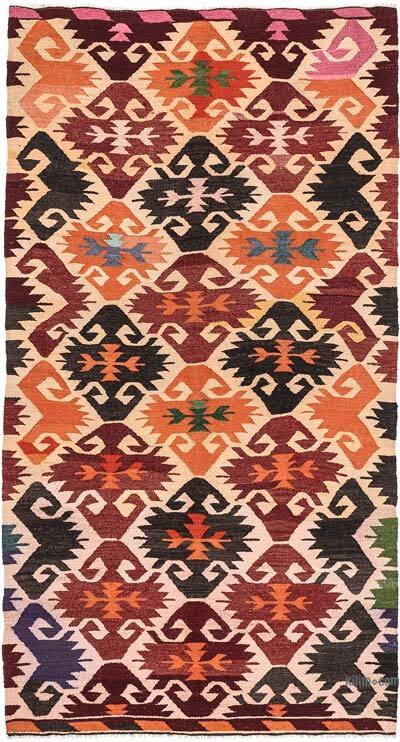

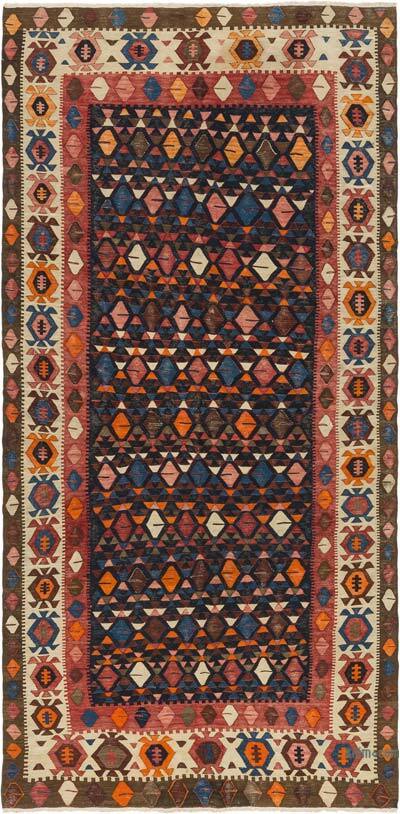

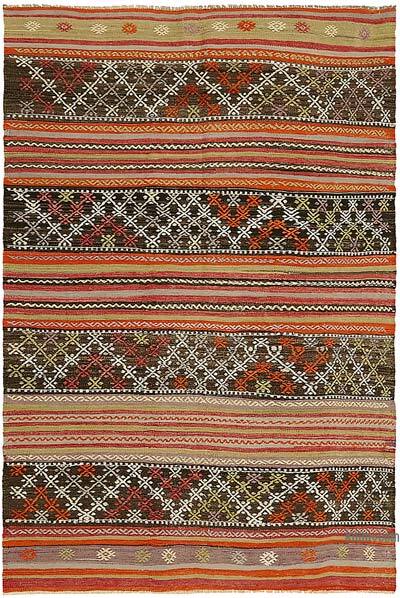


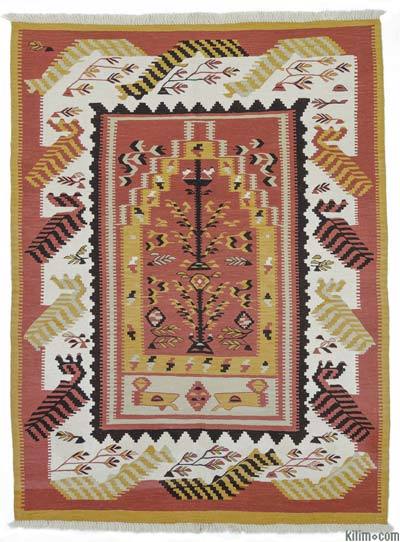
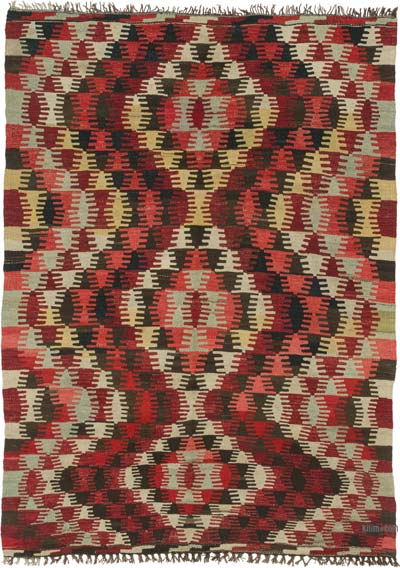

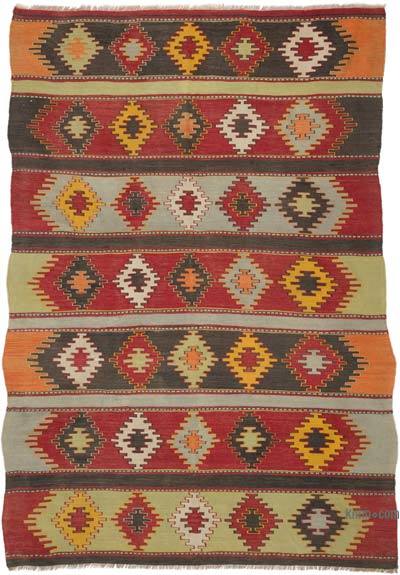

Great experience